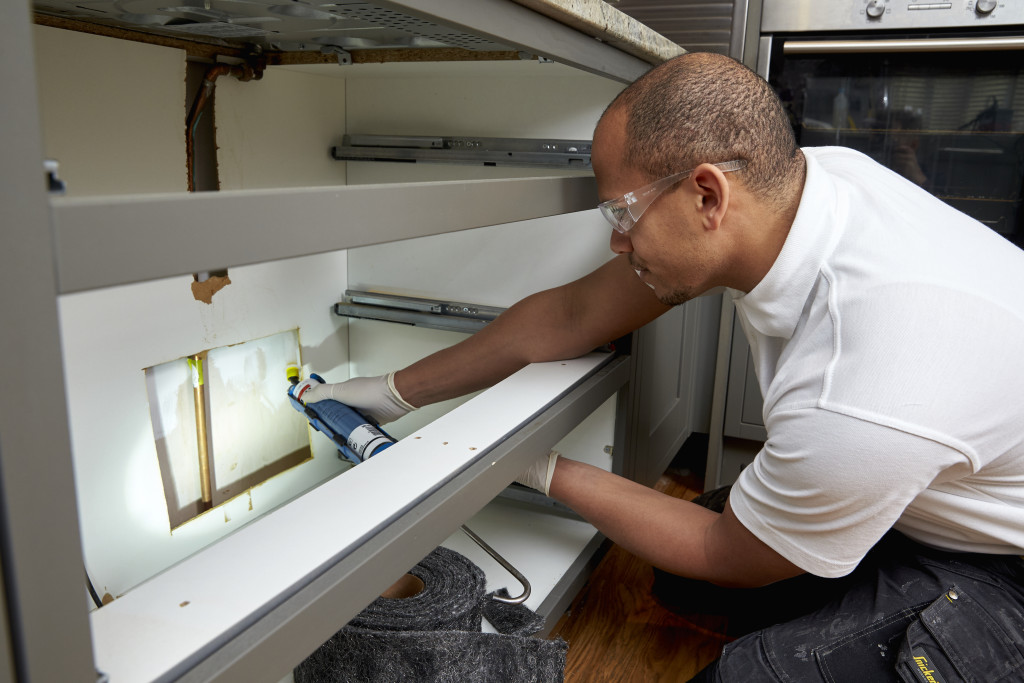Our technical experts give 10 reasons why facilities managers should review pest control strategies, and consider rodent proofing. Concerns about rodenticides and traps, in terms of how effective they are, and their impact on the environment, are increasing. This article first appeared on page 32 in the October 2016 edition of Tomorrow’s FM.
1. The rise of the Super Rat
The main response to mice or rat infestations inside buildings is to put down poisons, or rodenticides, through a process of baiting. However, there is increasing concern about growth in resistance to rodenticides. Researchers at the University of Huddersfield have identified ‘super rats’ that are resistant to anti-coagulant rodenticides. They calculate 70% of all rats in South East England are of the super rat type. For these, baiting is more like a feeding programme than a pest control one.
2. Rodenticide resistance is likely to increase
Natural selection is creating a population of mice and rats that are increasingly poison-resistant. More so than ever, poisons should only ever be used as a last resort once habitat manipulation, habitat restriction and control of food supply has been carried out.
3. Then there is the Super Mouse
Through a process called behavioural resistance, rodents learn to avoid places and things that harm them. So, mice and rats will change their behaviour patterns to avoid bait boxes and traps. The British Pest Control Association has identified Super Mice, rodents that are rodenticide-resistant and can out-smart traps, as the biggest future challenge to pest control.
4. Rodents are born survivors
Mice and rats are evolved to expand their population rapidly. The three limiting factors are shelter, warmth and food supply. So, if you put down rodenticide or traps, without tackling these three environmental factors, the rodent population will never be eradicated, and will quickly re-establish itself when the pest control cycle comes to an end.
5: Using rodenticides leads to wider problems. For example, both mice and rats live in the fabric of buildings, so poisoned animals die in the walls, in the roof space or under the floors of your clients’ business premises. As they rot, this leads to odour problems, and the risk of maggot and fly infestations.
6: Increased rodenticide resistance is adding to risks posed to wildlife. Owls and other birds of prey are regularly killed by predating on rodents that have eaten bait. The RSPB and wildlife charities are getting increasingly vocal about the problem.
7. Increased reputational risk
This presents facilities management companies with a reputational risk. Animal welfare activists are using social media to challenge baiting and trapping. The Humane Society International is campaigning for glue traps to be banned. FM clients and their employees are likely to begin to raise more concerns about rodenticide or trap use as a result. It is certainly a consideration when devising environmental management systems for tenders, or for case-by-case risk assessments.
8. Greater legislative pressure
All this is increasing legislative pressure on baiting and trapping. It makes sense for facilities management companies to consider the implications of a more restrictive pest control environment. Since June 2016, the HSE has required all those using professional rodenticides outdoors to hold a competence certificate. Currently, the EU regulates the use of rodenticides. Post-Brexit, the UK Government and the HSE are likely to continue to require the pest control industry to justify their use.
9. Higher costs of rodenticides and trapping
More legislative controls and greater rodenticide resistance are likely to combine to increase the cost of conventional pest control. Longer and more frequent baiting programmes (if the law will allow) will be needed. More onerous safety procedures may be required. It will not be easy for facilities management companies to advise clients that they will have to pay more for a less effective pest control regime.
10. Rodent proofing - a better way
These factors are driving searches for better pest control solutions that FM practitioners should take note of. More forward-thinking pest control professionals see the key as being those three environmental factors: shelter, warmth and food. If rodents can be prevented from reaching their food supply, they have no choice but to leave. This is achieved by rodent proofing (mouse proofing or rat proofing) a building’s human space from the inside out.
All possible rodent entry points are identified and blocked. Rodenticides are reserved for sparing use in very specific cases, if at all. In fact, we would argue that, if mouse proofing and rat proofing is done properly, there is no case for the use of baiting or traps when countering rodent infestations in homes or commercial properties.





Leave a Reply
You must be logged in to post a comment.